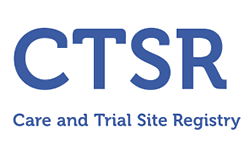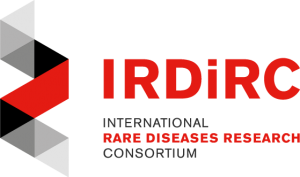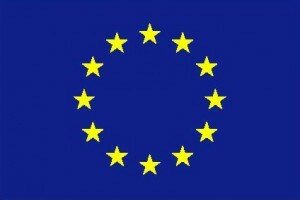Authors
M. Neri, C. Scotton, R. Selvatici, F. Gualandi, B. Wirth, L. Schols, T. Klockgether, H. Lochmüller, F. Muntoni, A. D’Amico, E. Bertini, M. Pane, E. Mercuri, A. Ferlini
Journal
Neuromuscular Disorders, volume 27, pages S194
Publication date
October 2017
Abstract
The heterogeneous genetic landscape of NMDs raises challenges regarding the definition of a molecular diagnosis, now becoming mandatory for the inclusion in emerging therapeutic trials. To improve the diagnostic definition in our NMDs patients we used a next generation sequencing approach: clinical gene panel analysis for the screening of known genes, WES (whole exome sequencing) and WGS (whole genome sequencing) analysis aimed at the identification of novel causative genes. WES analysis was performed in 6 “families of four” and 2 “trios”: 3 of them with congenital myopathy/dystrophy, 1 with spastic paraplegia, 2 with ataxia, 1 with myofibrillar myopathy, and 1 with AV block and LGMD. We identified 3 mutations in known genes (RYR1, ISPD and STIM1) and 2 novel causative genes POPDC1 and MSTO1, functionally validated. In the remaining 3 families, 2 candidate genes SARS2 and MMP8 were identified however not similar phenotypes were observed within the project making difficult the variation clinical validation. The WES in the last family identified a compound heterozygosis in the CPSF3L gene and transcript analysis is ongoing. WES analysis unraveled the genetic cause in 5 out of 8 families corresponding to more than 60% of families studied
DOI link
10.1016/j.nmd.2017.06.365



